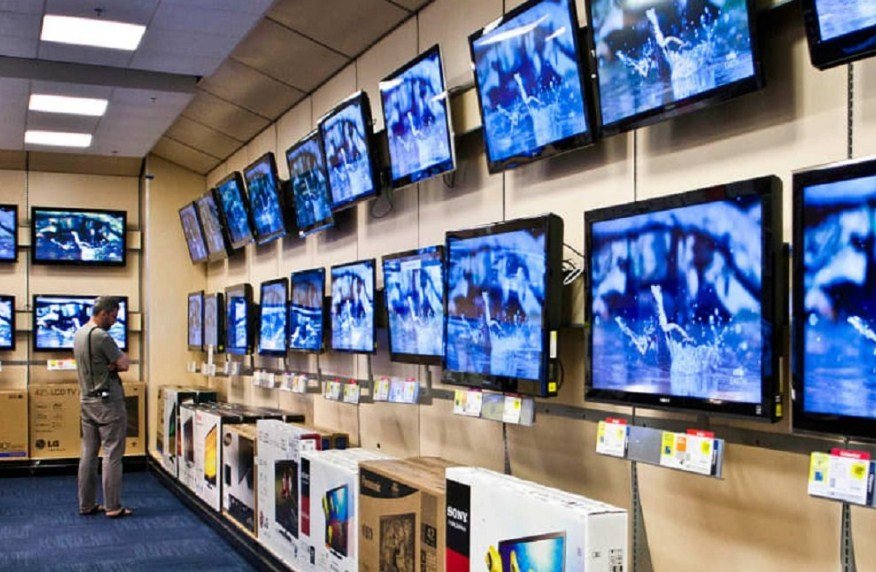TV sports are one of the most popular and profitable forms of entertainment in the world. Millions of fans tune in to watch their favorite teams and athletes compete in various leagues and tournaments. TV sports also attract huge investments from advertisers, sponsors, and broadcasters who want to reach a large and loyal audience.
However, TV sports are not immune to the challenges and changes that are affecting the media industry and the society at large. The COVID-19 pandemic, the rise of streaming platforms, the shift in consumer preferences, and the social and political issues that impact sports are some of the factors that are creating new difficulties and opportunities for TV sports.
The Impact of the Pandemic on TV Sports
The COVID-19 pandemic has disrupted the normal operations and schedules of many sports leagues and events around the world. Some of them were canceled, postponed, or held without fans in attendance. This has affected the revenues and ratings of TV sports, as well as the morale and performance of the players and the fans.
According to a report by PwC, the global sports industry lost $61.6 billion in 2020 due to the pandemic. The report also projected that the recovery of the industry will depend on the availability and distribution of vaccines, the return of fans to stadiums, and the adaptation of sports organizations to the new reality.
The pandemic has also accelerated the adoption of digital and streaming platforms for watching sports. According to a survey by Morning Consult, 53% of sports fans said they are more likely to watch sports online than on TV because of the pandemic. The survey also found that 40% of sports fans are willing to pay for a streaming service that offers live sports.
The pandemic has also highlighted the importance of sports for the mental and physical health of the people. According to a study by YouGov, 65% of sports fans said that watching sports helps them cope with stress and anxiety during the pandemic. The study also found that 59% of sports fans said that watching sports makes them feel more connected to others.
The Rise of Streaming Platforms and the Shift in Consumer Preferences
The pandemic is not the only factor that is changing the landscape of TV sports. The rise of streaming platforms and the shift in consumer preferences are also posing new challenges and opportunities for TV sports.
Streaming platforms such as Netflix, Amazon Prime Video, Disney+, and HBO Max are offering a wide range of content and services that compete with TV sports for the attention and spending of the consumers. These platforms are also investing in sports content, such as documentaries, biographies, and live events, to attract and retain subscribers.
According to a report by Ampere Analysis, the global spending on sports streaming services reached $6.8 billion in 2020, up from $4.8 billion in 2019. The report also estimated that the spending on sports streaming services will grow to $10.4 billion by 2024.
The shift in consumer preferences is also affecting the demand and supply of TV sports. According to a report by Deloitte, the younger generations of sports fans are more interested in niche and emerging sports, such as esports, mixed martial arts, and cricket, than in traditional and mainstream sports, such as football, basketball, and baseball. The report also suggested that the younger generations of sports fans are more likely to consume sports content on social media, mobile devices, and interactive platforms, than on TV.
The Social and Political Issues that Impact Sports
TV sports are not only a form of entertainment, but also a reflection and a catalyst of the social and political issues that impact the society. The issues of racial justice, gender equality, human rights, environmental sustainability, and public health are some of the topics that are influencing and being influenced by TV sports.
According to a report by Nielsen, 84% of sports fans said that they support athletes who speak out on social issues. The report also found that 51% of sports fans said that they are more likely to watch or follow a sport or an athlete who takes a stand on social issues.
However, the involvement of TV sports in social and political issues also comes with risks and controversies. According to a survey by Morning Consult, 34% of sports fans said that they are less likely to watch or follow a sport or an athlete who takes a stand on social issues. The survey also found that 50% of sports fans said that they prefer sports to be an escape from politics and social issues.
The Future of TV Sports
TV sports are facing new challenges ahead, but they also have the potential to overcome them and thrive in the future. TV sports have the advantage of having a loyal and passionate fan base, a strong and diverse content portfolio, and a powerful and influential platform.
TV sports also have the opportunity to innovate and adapt to the changing needs and expectations of the consumers, the market, and the society. TV sports can leverage the power of technology, data, and analytics to enhance the quality and accessibility of their content and services. TV sports can also collaborate and partner with streaming platforms, social media, and other stakeholders to expand their reach and engagement. TV sports can also embrace and address the social and political issues that matter to their fans and their communities.
TV sports are not only a source of entertainment, but also a force of change and inspiration. TV sports can play a vital role in shaping the future of the media industry and the society at large.

